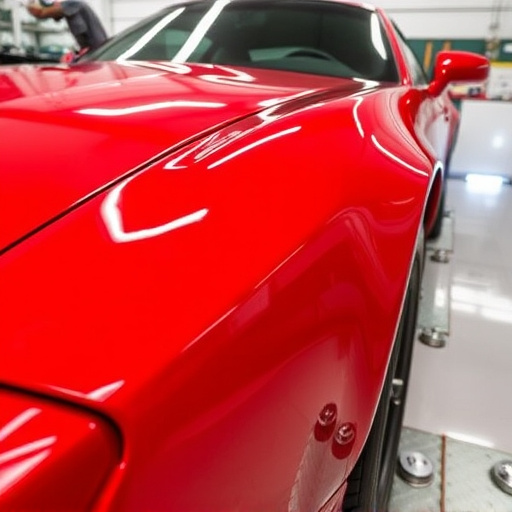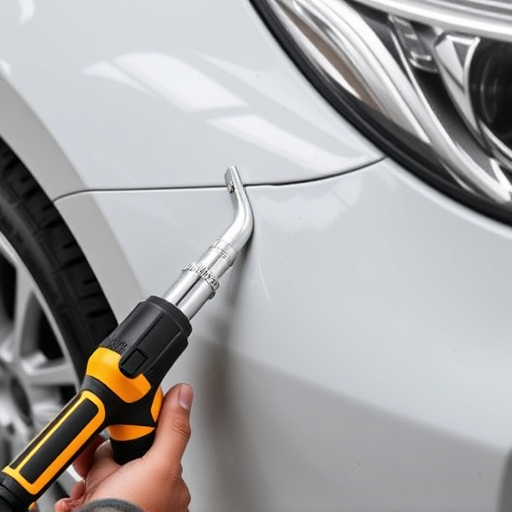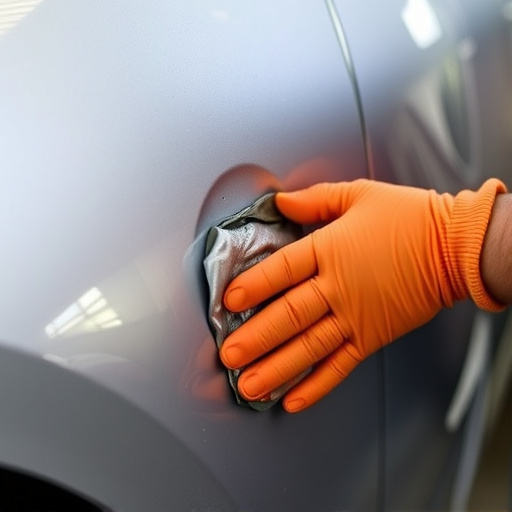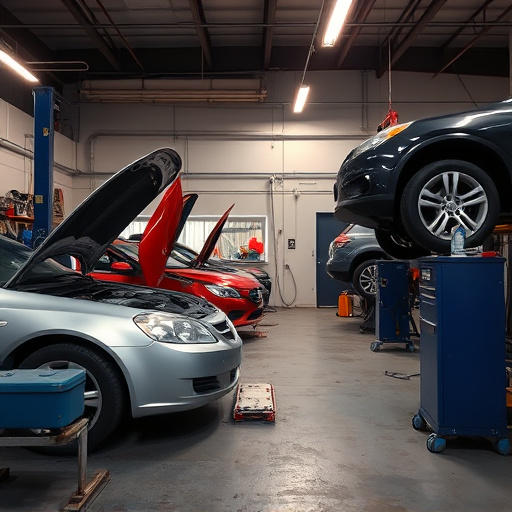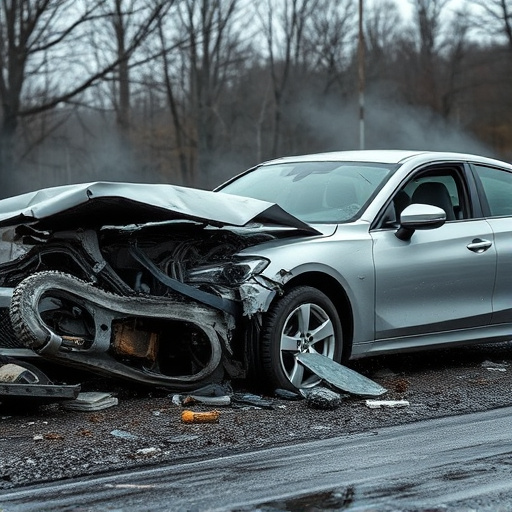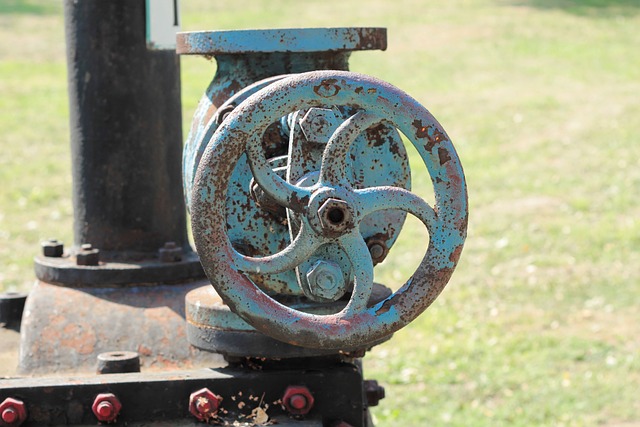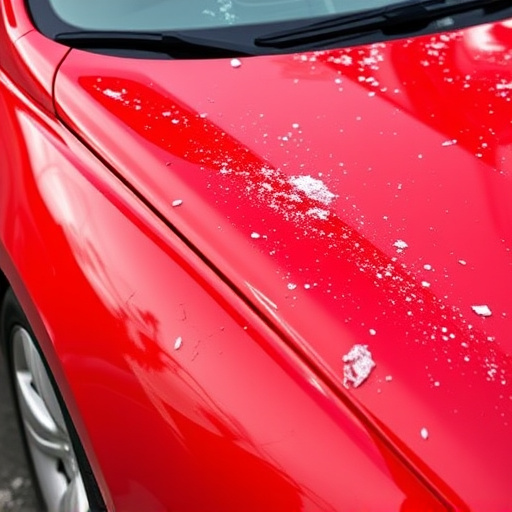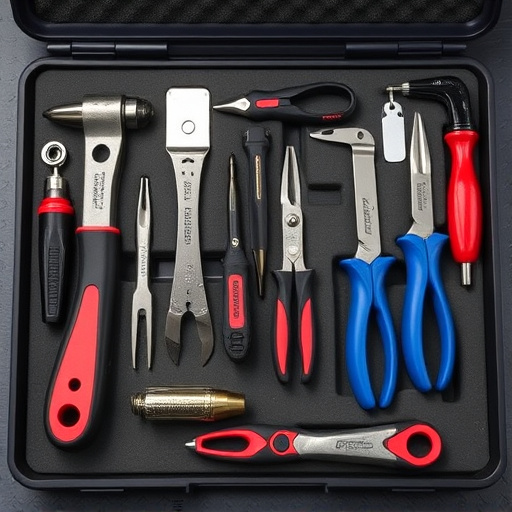Despite digital advancements, the collision claim process remains vital for ensuring fair compensation and quality repairs after vehicle accidents in 2025. Specialized professionals navigate complex damage assessments, settlement negotiations, and legal intricacies related to personal injury. Online options streamline filing, updates, and quotes, but traditional aspects, including meticulous documentation and communication, are crucial for fairness. This process facilitates vehicle and mental repairs, prevents fraud, and maintains road safety as new mobility trends emerge.
In 2025, despite technological advancements, the collision claim process remains a vital aspect of automotive industry dynamics. This article delves into the persistent relevance of collision claims, exploring how technology is transforming yet preserving traditional processes. We examine the core reasons behind its enduring importance—ensuring safety, resolving justice, and facilitating efficient vehicle repairs. Understanding these factors highlights why navigating the collision claim process is as critical today as ever.
- Understanding the Persistent Relevance of Collision Claims
- How Technology Impacts, Yet Preserves, Traditional Processes
- Ensuring Safety and Justice: The Unchanging Core Reasons
Understanding the Persistent Relevance of Collision Claims

In the ever-evolving digital landscape of 2025, where technology has revolutionized countless aspects of our lives, one may question the relevance of a seemingly traditional process – the collision claim. Despite the rise of advanced repair techniques and the digitalization of many industries, understanding the intricate details of the collision claim process remains vital for several reasons. This is particularly true when it comes to ensuring fair compensation and high-quality repairs for individuals involved in vehicle accidents.
The persistence of physical damage, such as car body restoration or dent repair, serves as a constant reminder that the collision claim process still holds immense significance. While digital platforms have made reporting and managing claims more accessible, the core elements – assessing damages, negotiating settlements, and facilitating repairs – require a level of expertise and attention to detail that are best handled by professionals. Moreover, navigating the legal intricacies associated with personal injury claims demands a deep understanding of insurance policies and regulations, ensuring that all parties involved receive fair treatment and compensation for their losses.
How Technology Impacts, Yet Preserves, Traditional Processes

Technology has undoubtedly revolutionized many aspects of our lives, and the collision claim process is no exception. While digital advancements offer efficient and streamlined solutions, they also preserve the importance of traditional processes. Online claims filing, real-time updates, and instant quotes are now readily available, allowing policyholders to initiate the process from the comfort of their homes. This shift has made the collision claim process more accessible and less time-consuming.
Despite these changes, the core elements remain intact. After a collision, assessing damage to vehicles, especially in complex cases involving vehicle body shop repairs or tire services, still requires meticulous attention. Insurers and claimants must carefully document and communicate the extent of the damage to ensure accurate compensation. This traditional aspect of the process ensures fairness, preventing instances where less severe damages go unnoticed or uncompensated.
Ensuring Safety and Justice: The Unchanging Core Reasons

In 2025, despite advancements in technology and changing trends across industries, the collision claim process remains a vital component of ensuring safety and justice on our roads. The core reasons for this haven’t evolved; they are rooted in fundamental human needs for security, accountability, and repair. Every fender bender or more severe accident involves complex interactions between individuals, their vehicles, and often, insurance companies. A robust collision claim process ensures that everyone involved is protected, and their rights are respected. It facilitates the necessary steps for vehicle body shop repairs, aiming to restore not just metal panels but also peace of mind for the affected parties.
This process plays a critical role in maintaining a safe driving environment. Accurate documentation, thorough investigations, and fair compensation ensure that drivers have access to quality vehicle restoration services while holding at-fault parties accountable. Moreover, it serves as a safeguard against fraudulent activities, ensuring that genuine claims are settled appropriately. As we navigate an era of autonomous vehicles and evolving mobility trends, the collision claim process remains essential, adapting to meet new challenges while upholding its primary objectives: safety, justice, and fair resolution for all road users.
In 2025, despite advancements in technology, the collision claim process remains integral for ensuring safety, justice, and accountability. While digital tools streamline procedures, they don’t replace the need for meticulous documentation, fair assessment, and resolution. Understanding how technology complements traditional practices is key to navigating this evolving landscape. The collision claim process continues to serve as a cornerstone for protecting individuals, facilitating insurance claims, and upholding legal standards, ensuring that everyone involved receives fair treatment in the aftermath of an accident.



